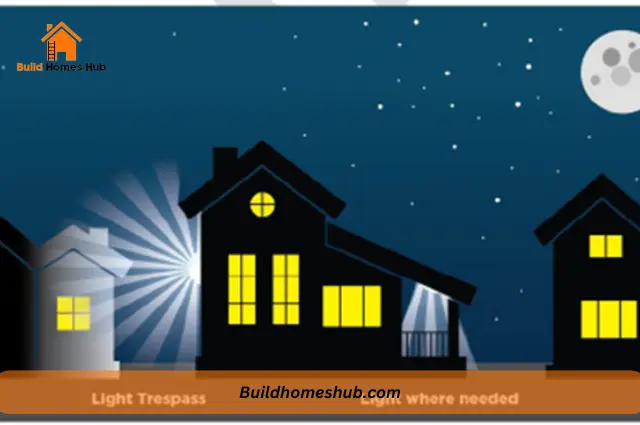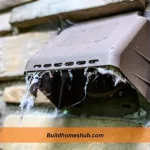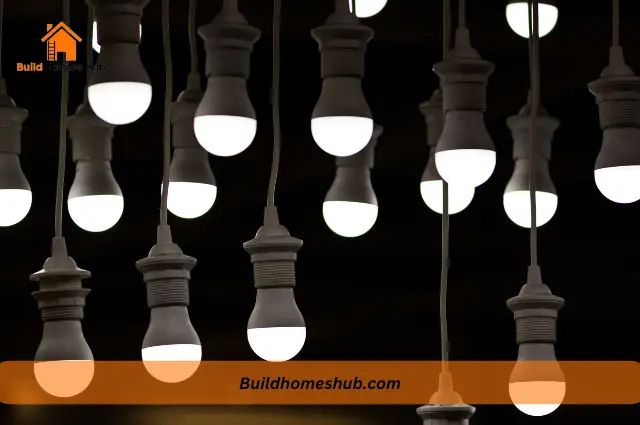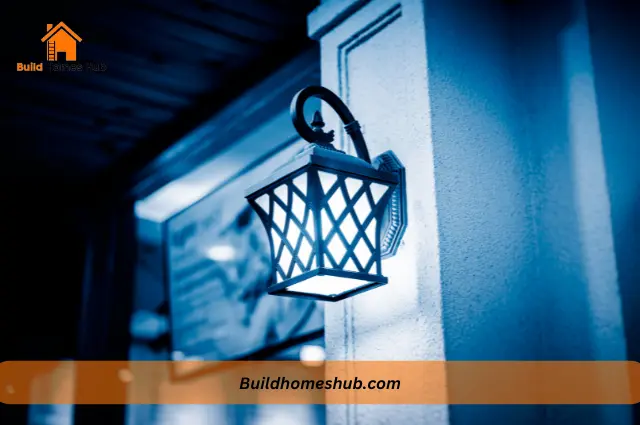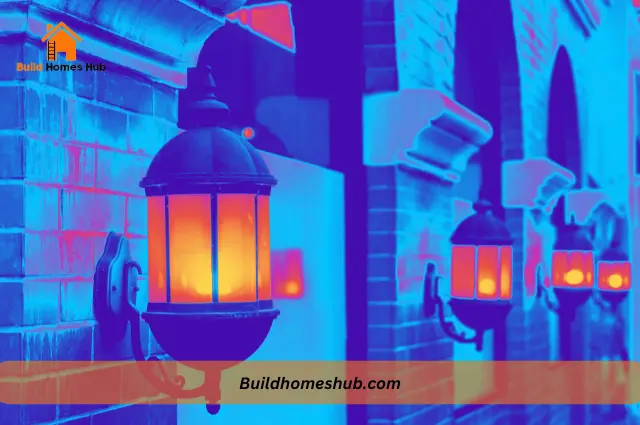Having lights from a neighbor’s property intruding into your personal space can be more than just an annoyance; it can affect your quality of life. So, when you find yourself in a situation like this, what can I do if my neighbor puts lights directly pointed at my house?” would be a disturbing question for you.
You can simply start by having a friendly conversation with your neighbor. They may not be aware that their lights are causing you discomfort or disrupting your home environment.
Nevertheless, if the light still disrupts your sleep or simply infrades your sense of privacy, you need to find a better resolution.
Therefore, this guide aims to provide you with a detailed step-by-step approach to dealing with this issue effectively, respecting both parties’ rights and preferences. Read on.
What Constitutes Light Trespass?
Light trespass occurs when unwanted artificial light enters one’s property, causing a range of possible discomforts and inconveniences. This can range from a slight nuisance to a serious impediment to the enjoyment of your property.
Beyond mere annoyance, excessive light exposure, especially during nighttime, can have significant health implications, including sleep disturbances and increased stress levels.
Should you need to pursue legal action, documenting the intrusion through photos, videos, and a written log of incidents can strengthen your case.
How do I deal with Neighbors who put lights directly At my house?
Step 1: Talk to your neighbor
Often, neighbors are unaware of the impact their lighting has on others. A friendly conversation about the issue is always the best first step.
Think about the best time to approach your neighbor, perhaps avoiding times when they might be busy or stressed. Consider bringing up the subject in a casual, non-confrontational manner.
When approaching your neighbor, focus on how the light affects you rather than accusing them of doing something wrong, such as disrupting your sleep or impacting your enjoyment of your property. Be specific but empathetic.
Step 2: Suggest adjustments
Propose adjusting the angle of the lights so they illuminate their intended area without spilling over into your property. Also, you can discuss the possibility of installing shields around the lights to direct the light downward and prevent it from straying into your space. Offering solutions and compromises can make the conversation more productive.
Recommend alternative lighting solutions that could serve their needs without causing a disturbance, such as lower-intensity bulbs or motion-sensor lights that only activate when needed.
Step 3: Check local ordinances
Investigate your local government’s regulations concerning outdoor lighting and nuisance laws. This might involve looking up municipal codes online or contacting your local government office.
Arm yourself with knowledge about what is legally permissible in terms of light trespass in your area. This information can guide your discussions and any necessary actions.
Step 4: Seek mediation
If direct communication doesn’t lead to a resolution, seeking a neutral third party to mediate can be beneficial. Contact local community organizations, legal aid societies, or government offices to find mediation services.
Many communities offer free or low-cost mediation services.
Mediation involves both parties presenting their views in the presence of a neutral third party, who helps facilitate a mutually agreeable solution. It’s a confidential process, often leading to more lasting resolutions.
Step 5: Legal action
If mediation fails, consult with a legal professional to understand your options. For unresolved cases, small claims court can be an approachable option for seeking a resolution without the need for a lawyer.
In more severe cases, an injunction may be necessary to compel a neighbor to take specific actions to reduce light trespass. A lawyer can also advise you on the feasibility and potential outcomes of taking legal action.
Keep meticulous records of all interactions with your neighbor regarding the issue, as well as any attempts you’ve made to resolve it. Photographs or videos documenting the light intrusion can be particularly compelling.
Step 6: Implement barriers
Planting trees or tall shrubs can create a natural barrier against light. Consider the growth habits and mature size of the vegetation to ensure it will effectively block the light without causing other issues.
Erecting a fence or privacy screen can provide an immediate solution to light intrusion. Ensure any structures comply with local zoning laws and do not inadvertently violate any regulations.
In Conclusion
Dealing with a neighbor’s intrusive lighting requires a balanced approach, emphasizing communication and, when necessary, legal recourse. By taking measured steps, you can protect your comfort and well-being without sacrificing neighborly relations.
Moreover, adopting and promoting best practices for outdoor lighting in your community can prevent future issues and encourage neighborly consideration.
Work with your community or homeowners’ association to establish guidelines or bylaws regarding outdoor lighting to provide a framework for resolving and preventing light trespass issues.
I hope to help you make the right choices with my content. I am passionate about building new homes and renovations. Follow me, on my socials, I drop nice stuff that may be helpful.

